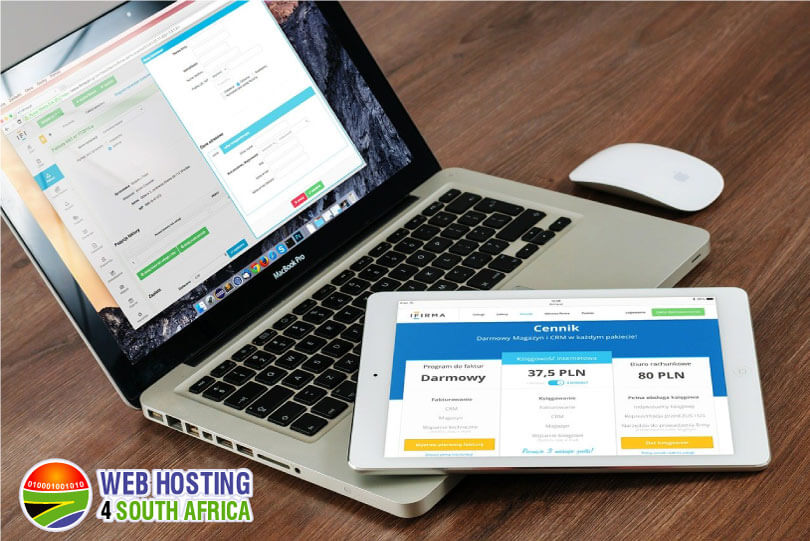During the busy year, some work is often put aside. For so many businesses, that work requires redesigning your website. The bright, shiny website which looked like you wanted it a few years ago probably no longer pulls its weight. Website owners should periodically review the design of their site to look for ways to improve.
If you don’t know how to go about it, relax, I have got your back. The following redesign checklist comes handy.
1. Heat mapping tool from Crazy Egg
The heat mapping tool from Crazy Egg perfectly fits when you’re thinking of redesigning your website. This kind of tool enables you to see what users interact with – it gathers data visually. It tracks info, e.g., clicks, hotspots, the depth of user scrolls, and links to traffic type on any page of your website.
As a designer, you can validate your design choices through this type of data. Are users moving the way you intended from element to element on the site? Do they click on buttons to go deeper into the website using the navigation tools? Data collection may answer many of these questions and help you better organize your website components.
2. How Can Your Content Carry More Weight?
It can be easy to focus on imagery and other visual elements with various options available when it comes to the new design.
If you desire for your website redesign to be successful, all areas of your online presence should be improved. Don’t go about agonizing the rug to be placed in the family room when a hole in the roof stares you in the face.
Your content serves as the foundation of your online home, which other things depend on. The layout, images, colors, and typography all need to show the power of your brand’s words and messages of your company. You can use analytics to see what posts and pages most resonate with visitors and take out posts that couldn’t find their feet.
3. How Can You Optimise for Conversions?
Your redesigned website should be clear to visitors where to click to find the information they need. Don’t go for themes and layout exclusively based on what seems perfect to you or your colleagues— your site is for your visitor. If your website does not lead visitors to their destination, it becomes a corporate liability rather than a growth engine.
Use analytics and your site audit to identify why people are visiting your site.
- How were they able to find you?
- Where do they go?
- Do they interact with your website or made a purchase?
4. What about User experience?
When you have rebuilt the bulk of your site, you need to reassess user experience. We do not all have the same computer configuration as your team, so you need to be mindful of the different browsers, monitor sizes and devices that can be used by visitors to access your new website.
Start with your analytic – they’ll show the browsers used by your audience. Open and checks your website in Chrome, Firefox, Safari, and Internet Explorer—both new and old versions. Also not forget to search Opera, Edge to ensure all users are covered.
5. Reach People with Better Keywords
Your new-fangled pieces of content and great layout should never go to waste. A large number of your traffic is visitors from the search results—click on the link to your website. The search engine is one of the best ways your audience can find you. So ensure that your site obeys the rules. Implement the essential keyword research principles to help you expand your reach.
Your website redesign will not accomplish all your goals. You may want to track a specific metric to understand what works or not. Continue to make small tweaks until you’re convinced you’ve found a sweet spot for your newly-redesigned website.

